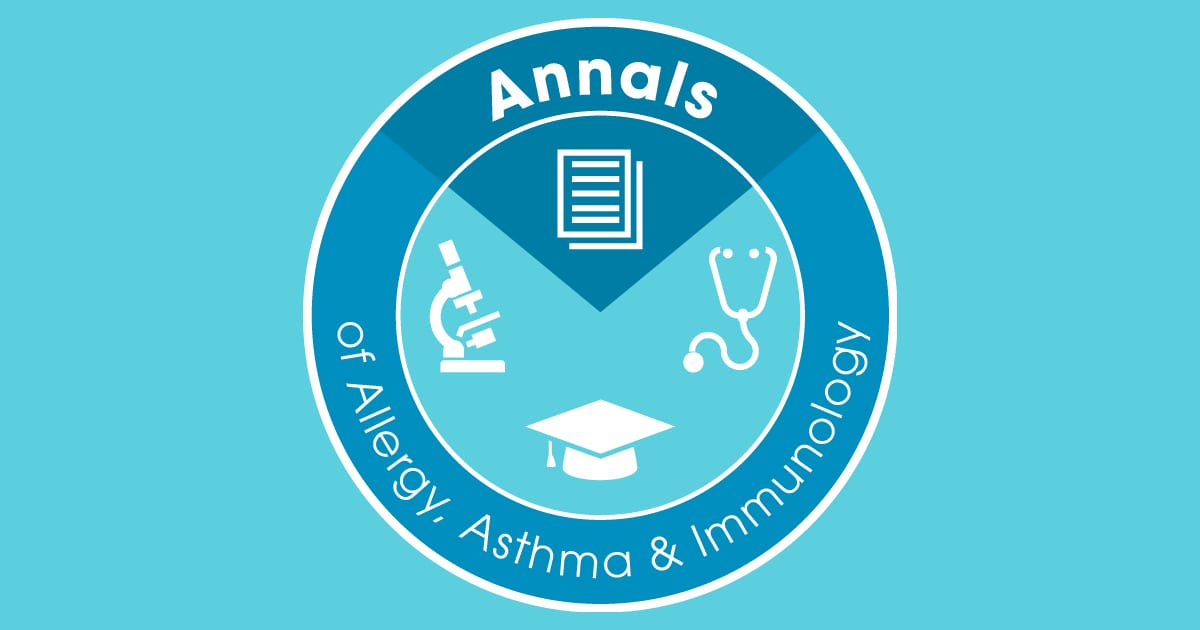The May issue of Annals is budding with outstanding manuscripts that will help you provide the best possible care for your patients. The theme of this month’s issue is atopic dermatitis, and we have included an excellent editorial by Dr. Donald Leung that really orients the reader to the issue.
Our CME review this month provides guidance on how to optimize the topical management of atopic dermatitis. One review focuses on optimizing emollient therapy for skin barrier repair, while another discusses the data supporting (or not supporting) the use of moisturizer therapy to prevent the development of atopic dermatitis and food allergy. These three reviews provide useful overviews of the current state of art in treatment for this condition.
Our final review article this month focuses on how limited access to resources in rural areas affects patients with hereditary angioedema (HAE). This interesting read discusses the ways in which the care of rural patients with HAE can be optimized.
May is Asthma and Allergy Awareness Month, and we have several original articles focused on asthma care. One study of children with difficult-to-treat asthma found that the use of a biomarker-based treatment algorithm was superior to guideline-based care alone, suggesting that we may want to incorporate this “minimal biomarker set” in our care of these patients. Another paper explores the impact of body mass index on the response to omalizumab in adults with moderate-to-severe asthma. We also have an interesting study looking at the effect of the COVID-19 pandemic on asthma medication adherence, as well as a Letter to the Editor that explores the effect of COVID-19 on asthma visits. Other asthma-related letters examine how COVID-19 affected a pediatric asthma camp, and how the pandemic affected emergency department utilization for asthma.
Other interesting studies include penicillin allergy evaluation in pregnant women and examining what happens to eosinophilic esophagitis when dupilumab is used for other reasons. Our Letters feature is robust this month, with studies on the timing of itch in atopic dermatitis, trends in the treatment of chronic idiopathic urticaria, and how to reduce parental anxiety during oral food challenges.
I’ve highlighted just a few of the varied manuscripts you will find in this month’s issue of Annals. Don’t forget the humorous Marginal Zone feature! I would love to hear how the studies and reviews presented in our journal have impacted your practice. Please consider sending any comments on Annals content via email.
Mitchell Grayson, MD, FACAAI
Editor-in-Chief



